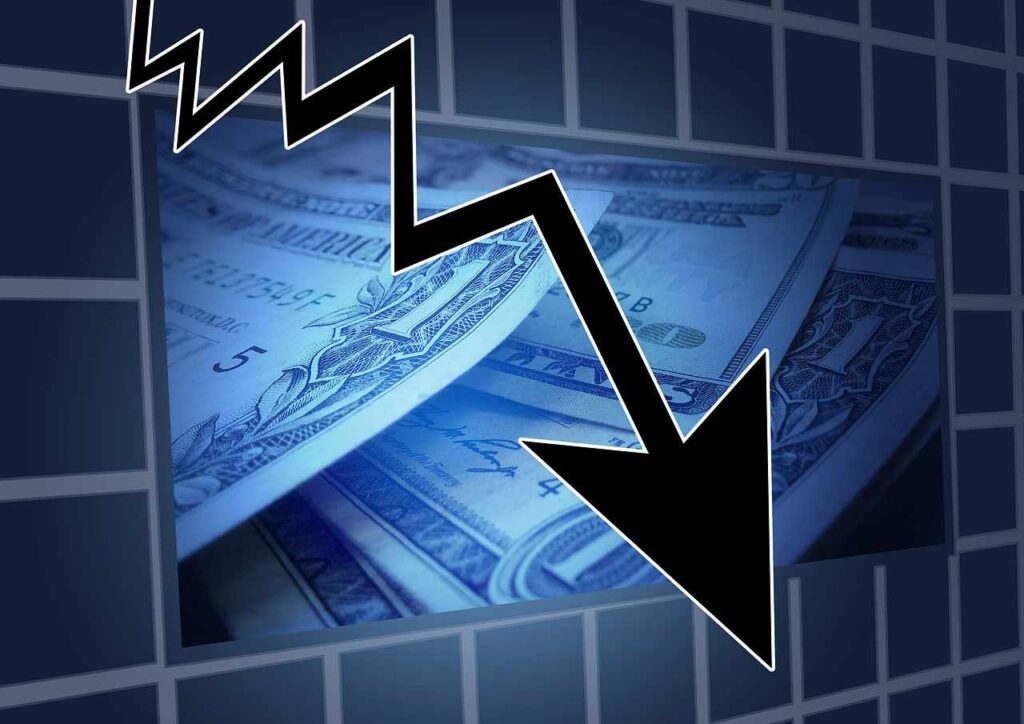External events such as the COVID-19 pandemic restructure the economic and social order in which businesses and society have historically operated. Therefore, after events like the coronavirus crisis, traditional metrics and assumptions about how consumers behave are rendered irrelevant.
I’ve compiled the advice of experts, such as McKinsey Global Institute and the Boston Consulting Group, to summarize their general advice to navigate a crisis.
Their answer involves the actions necessary for a business to take, from the beginning of the crisis to the new normal after the crisis has passed. The experts agree that the actions a business must focus on include five stages- Resolve, Resilience, Return, Reimagination, and Reform.
The duration of each stage will vary based on each business’s geography and industry. Moreover, a business may find itself operating in more than one stage at the same time.
Collectively, the five stages represent the necessary steps to find an economically and socially viable path to the new post-crisis normal.
1 – Resolve
Address the immediate challenges that the crisis represents to the business’s workforce, customers, technology, and business partners.
During the Resolve stage, the business needs to determine the scale, pace, and depth of the immediate actions required to comply with changing regulations, as well as ensuring the health of the business and its employees. Business owners need to decide whether those who need to act share their resolve to do so. This is why this stage is called “Resolve”
For example, during the COVID-19 pandemic, federal, state, and city public-health interventions were issued.
Hospitals worked to increase their capacity of beds, ventilators, and Personal Protective Equipment (PPE).
Business-continuity and employee-safety plans were enacted and included such actions as maintaining a six-foot distance, daily temperature checks for employees, and the use of face masks.
Working remotely was established as the default operating mode for any business whose workers did not need to commute to a physical office to conduct business. Meetings took place online using video conferencing tools.
Some businesses faced slowdowns in their operations, while others attempted to ramp up to meet new demands for their products or services.
Education and training programs moved online to provide ongoing learning opportunities as physical classrooms were shut down.
During the Resolve stage, business owners must make some hard decisions, such as whether they should they furlough, lay off, or reduce employees’ hours; shut down the business now or wait to be ordered to by the Government.
In the Resolve stage, business are primarily focused on responding to the changing landscape around them.
2 – Resilience
Address near-term cash-management challenges and broader resiliency issues during the crisis-related effects.
In the Resilience stage, the business begins to look inward and determine the steps it must take to survive. While the coronavirus pandemic was originally a health crisis, the mitigation efforts necessary to flatten the curve profoundly affected the economy and financial systems. The reduction in economic activity necessary to protect public health jeopardized the economic well-being of our citizens and businesses as the health crisis also turned into a financial one.
Many people experience personal financial stress during the Resilience stage. Government entities are forced to make difficult decisions to attempt to balance economic and social sustainability. The uncertainty about the size, duration, and shape of the decline and employment, along with the unknown government response undermines what remains of business confidence as financial markets react to the uncertainty creating public panic.
In the face of these emerging challenges, the business in the Resilience stage needs to define the steps necessary to be as resilient as possible to external effects. This is why this stage is called “Resilience”.
Short-term efforts to reduce business expenses to preserve cash and provide liquidity and solvency are vital during the resilience stage.
Later, the business will develop broader resilience plans as the crisis begins to break down established industry structures and supply chains, resetting future competitive positions.
3 – Return
Create a detailed plan to quickly scale up the business as the crisis evolves and its effects become clearer.
During the Return stage, the business begins to look at ways to return to operational health. Most industries will need to find ways to reactivate their supply chain, as some of the links in the supply chain will have reduced capacity or closed their doors. Since a business is only as strong as its weakest link in the supply chain, the business owner will need to reassess their entire business system and plan for contingencies to return their business to a healthy footing.
During the Return stage, the business needs to consider the possibility of resurgence or additional fall out before making plans to rehire, train, and work toward attaining their previous levels of productivity.
For example, concerning the COVID-19 pandemic, it will take over a year to develop and deploy a vaccine. As social distancing restrictions are slowly lifted and people begin to return to work before a vaccine is globally available, it is quite likely that there will be renewed outbreaks. Such renewed outbreaks will likely cause a whiplash effect as protective measures are reestablished. Therefore, the business needs to cautiously make plans during the return stage to return to pre-crisis levels while having contingency plans to deal with a second and potentially subsequent surge in COVID-19 until the pandemic is fully contained.
4 – Reimagination
Reimagine what the next normal will look like and the implications of a new business model
During the Reimagination stage, the business begins to look at how they need to adjust their business model to succeed in a post-crisis world.
In the aftermath of the crisis, the business landscape will be altered. Therefore, during the Reimagination stage, the business owner must attempt to determine what that world will look like, and how to best position itself to take advantage of the new, post-crisis normal.
Using a tool like the Business Model Canvas to examine various post-crisis scenarios will prove to be a valuable application of the tool.
Related Post: Free Business Model Canvas program
In a post-crisis world, there will be shifts in customer preferences and expectations. Shifts in the way employees do their job and interact with other staff members and customers will have also changed. These shifts and their impact on how we live, work, and use technology will emerge more clearly during the reimagination stage. The business that reexamines its business and economic models, and uses their new insight and foresight as consumer and employee preferences evolve, will have the highest likelihood of succeeding in a post-crisis world.
For example, concerning the coronavirus outbreak, the online world of contactless eCommerce will certainly reshape consumer behavior forever. However, even more profound than the changes in consumer and employee preferences will be that the pursuit of efficiency through globalized supply-chains will give way to the requirement for businesses to remain resilient. Global supply-chains designed to drive business efficiency will be devalued as businesses will start to value locally sourcing physical and human resources.
The crisis will not only reveal vulnerabilities but also opportunities to improve the performance of the business. Businesses will need to reconsider which costs are fixed versus variable, as the shutting down of huge swaths of production sheds light on what is ultimately required versus what is simply just nice to have.
Decisions about how far to stretch a business without a significant loss of efficiency will be informed by the experiences learned from the closing down of much of the global supply chain. Opportunities to push the envelope of technology adoption will accelerate based upon discovering what it takes to drive productivity when labor is unavailable. The result will be a stronger sense of what makes the business more resilient.
5 – Reform
Be clear about how regulatory and competitive environments in the industry will shift in a post-crisis world.
By the Reform stage, the post-crisis world will be in much sharper focus. The crisis itself has faded and given way to efforts to control the factors that created the crisis in the first place. In the Reform stage, governments will feel emboldened and supported by their citizens to take a more active role in shaping regulatory and economic activity; think TSA after 911.
Tools like Porter’s Five Forces and a Pestel Analysis will help predict how a business will most likely fare in a post-crisis world
As a business owner in the Reform stage, you need to anticipate what changes to policies and regulations might occur as governments seek to avoid, mitigate, and preempt any future crises of the same kind.
For example, after the housing crash of 2007-2008, lenders were required to provide enhanced mortgage disclosures, new agencies were formed like the Federal Housing Finance Agency, new capital reserve requirements for non-depository banks were required, etc.
Concerning COVID-19 hospitals will be more prepared to handle a surge in patients, telemedicine will become a widespread resource, the degree of coordination and speed of communication between countries dealing with a pandemic will increase, and access to critical infrastructure and increased PPE reserves will be mandated. Financial systems and the economy will be further regulated to strengthen the system to withstand any future crises. Educational institutions will integrate classroom and distance learning.
The aftermath of the coronavirus pandemic will also provide an opportunity to learn from many social innovations and experiments, ranging from working from home to large-scale contact tracing. With this will come an understanding of which innovations should be adopted permanently, and which would ultimately inhibit the progress of society.
How exactly a crisis evolves will change, however, the five stages described here can provide business owners a clearer path to navigate to the next normal.
How can you use the five stages to find an economically and socially viable path to the new post-crisis normal?












